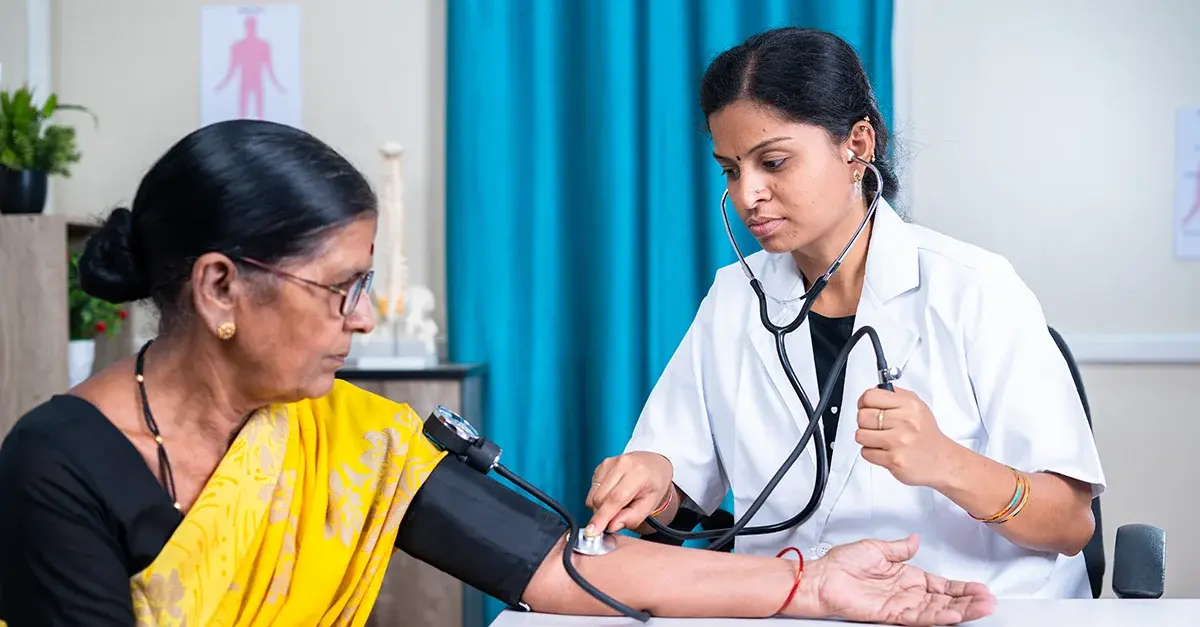October 17, 2024

October 17, 2024

Navigating the world of healthcare can be overwhelming, especially when it comes to affording medications. For uninsured or underinsured patients, Patient Assistance Programs (PAPs) may offer a lifeline for individuals in these situations. While PAPs exist globally, for this article, we will focus on those in the U.S. and explore what PAPs are, the distinctions between PAPs and Patient Support Programs (PSPs), the different types available, who qualifies, the challenges involved, and how ProPharma can enhance the effectiveness of these programs.
Patient Assistance Programs (PAPs) are designed to provide free or reduced-cost medications to those who cannot afford them. These programs are usually run by pharmaceutical companies, non-profit organizations, or government agencies to ensure everyone can access essential medications, regardless of financial circumstances. While PAPs are available globally, their availability and structure can differ significantly from one country to another. Each country often has its versions of these programs, customized to fit its unique healthcare systems and patient needs.
PAPs and Patient Support Programs (PSPs) play distinct yet complimentary roles in healthcare. PAPs primarily provide financial aid for medications, while PSPs offer a wide range of services to support patients in managing their overall treatment and health. PSPs encompass various services such as medication adherence support, disease education, lifestyle coaching, and help navigating insurance and reimbursement processes. These programs are typically available to any patient prescribed a specific medication, regardless of their insurance status, and are often managed by pharmaceutical companies, healthcare providers, or third-party organizations.
Each program has its specific requirements, but generally, to quality for PAP, you need to meet specific criteria:
Managing PAPs can be challenging due to several factors:
PAPs significantly benefit patients by:
Artificial Intelligence (AI) can enhance the management of PAPs by:
ProPharma offers comprehensive support to enhance PAPs:
Patient Assistance Programs (PAPs) ensure access to medications without financial strain. ProPharma is dedicated to making PAPs more effective and accessible. With a global presence, ProPharma can support PAPs in several countries, ensuring patients benefit from our services. By leveraging advanced technology, providing centralized support, and building solid relationships with key stakeholders, ProPharma ensures that patients receive the medications they need with minimal hassle. Our comprehensive approach simplifies the process and enhances the overall patient experience, making healthcare more manageable and less stressful.
For further assistance, contact ProPharma. We’re here to help your patients navigate through their healthcare journey and ensure they receive the support they need!

Associate Director, Patient Services
TAGS: Medical Information Patient Support Programs Patient Support Services
June 29, 2016
As an outcome of the 2011 Food and Drug Administration Process Validation Guidance, there has been ever increasing interest in the pharmaceutical industry to establish formal Continued Process...

January 8, 2025
Current Landscape of Medication and Healthcare Access in India India's healthcare system is a complex landscape with significant disparities in access to medical services and medications. Despite...

June 10, 2024
Cell and Gene Therapies (CAGTs) represent a transformative step in medicine, offering unprecedented potential to treat and potentially cure diseases once deemed untreatable. However, the path to...